
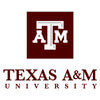

Texas A & M University-College Station
Overview
Opening its doors on October 4, 1876, Texas A&M University’s College Station campus was the first institution of higher education in Texas. A&M is home to 17 colleges and schools conferring undergraduate degrees in over 133 undergraduate degree programs. This public land-, sea-, and space-grant university has financial backing from the National Institutes of Health, NASA, and the National Science Foundation. Texas A&M also features the largest student body in the nation, and they, in turn, host the largest one-day, student-run community service project in the country called The Big Event. For sports fans, Texas A&M fields 20 varsity sports teams and all Aggie fans participate in a tradition known as “The 12th Man.”
Tuition, Cost & Aid
Affordability & Cost
Discover how military service can help you pay for college
Explore Military Pathways| In-State Tuition In-state tuition is the tuition charged by institutions to those students who meet the state's or institution's residency requirements. In-district tuition is the tuition charged by the institution to those students residing in the locality in which they attend school and may be a lower rate than in-state tuition if offered by the institution. | $12,841 |
| Out-of-State Tuition Out-of-state tuition is the tuition charged by institutions to those students who do not meet the state’s or institution’s residency requirements. Out-of-district tuition is the tuition charged by the institution to those students not residing in the locality in which they attend school. | $40,328 |
Room and Board The weighted average for room and board and other expenses is generated as follows:
| $13,154 |
| Books and Supplies | $900 |
Aid & Grants
Student Loans
Admissions
Key Admissions Stats
- Not for Profit
- Coed
Need Aware
This school may consider an applicant’s financial situation when deciding admission
Admissions Requirements
Important Deadlines
| Application Type | Application Deadline | Reply Deadline |
|---|---|---|
| Early Action Acceptance is not binding, but student will receive admissions decision earlier. | October 15 | |
| Fall Regular Decision | December 1 | |
| Spring Regular Decision | October 15 | |
| Other | October 15 |
Admitted Student Stats
Admissions Resources
Academics
Key Academic Stats
- Online Classes
- Online Undergrad Degrees
- Summer Sessions
- Combined Institution Double Degree Programs
- Some Programs Requires Co-Op/Internship
- ROTC Army
- ROTC Air Force
- Study Abroad
- Honors Program
- Teacher Certification Offered
Degrees and Majors
Majors
| A B M D | |
|---|---|
| AGRICULTURAL/ANIMAL/PLANT/VETERINARY SCIENCE AND RELATED FIELDS | ✓ ✓ ✓ ✓ ✓ ✓ ✓ ✓ ✓ ✓ ✓ |
| ARCHITECTURE AND RELATED SERVICES | |
| AREA, ETHNIC, CULTURAL, GENDER, AND GROUP STUDIES | |
| BIOLOGICAL AND BIOMEDICAL SCIENCES | ✓ ✓ ✓ ✓ ✓ ✓ ✓ ✓ ✓ ✓ ✓ ✓ ✓ ✓ ✓ ✓ ✓ ✓ ✓ ✓ |
| BUSINESS, MANAGEMENT, MARKETING, AND RELATED SUPPORT SERVICES | ✓ ✓ ✓ ✓ ✓ ✓ |
| COMMUNICATION, JOURNALISM, AND RELATED PROGRAMS | |
| COMPUTER AND INFORMATION SCIENCES AND SUPPORT SERVICES | |
| EDUCATION | |
| ENGINEERING | ✓ ✓ ✓ ✓ ✓ ✓ ✓ ✓ ✓ ✓ ✓ ✓ ✓ ✓ ✓ ✓ ✓ ✓ ✓ ✓ ✓ ✓ ✓ ✓ |
| ENGINEERING/ENGINEERING-RELATED TECHNOLOGIES/TECHNICIANS | |
| ENGLISH LANGUAGE AND LITERATURE/LETTERS | |
| FAMILY AND CONSUMER SCIENCES/HUMAN SCIENCES | |
| FOREIGN LANGUAGES, LITERATURES, AND LINGUISTICS | |
| HEALTH PROFESSIONS AND RELATED PROGRAMS | ✓ ✓ |
| HISTORY | ✓ ✓ ✓ |
| HOMELAND SECURITY, LAW ENFORCEMENT, FIREFIGHTING AND RELATED PROTECTIVE SERVICES | |
| LEGAL PROFESSIONS AND STUDIES | |
| MATHEMATICS AND STATISTICS | |
| MULTI/INTERDISCIPLINARY STUDIES | |
| NATURAL RESOURCES AND CONSERVATION | |
| PARKS, RECREATION, LEISURE, FITNESS, AND KINESIOLOGY | |
| PHILOSOPHY AND RELIGIOUS STUDIES | ✓ ✓ ✓ |
| PHYSICAL SCIENCES | ✓ ✓ ✓ ✓ ✓ ✓ ✓ ✓ |
| PSYCHOLOGY | |
| PUBLIC ADMINISTRATION AND SOCIAL SERVICE PROFESSIONS | |
| SCIENCE TECHNOLOGIES/TECHNICIANS | |
| SOCIAL SCIENCES | |
| TRANSPORTATION AND MATERIALS MOVING | |
| VISUAL AND PERFORMING ARTS |
Faculty Overview
Campus Life
Key Campus Stats
Housing
Athletics
- Baseball
- Basketball
- Football
- Golf
- Swimming
- Tennis
- Track and Field
- Basketball
- Equestrian
- Golf
- Soccer
- Softball
- Swimming
- Tennis
- Track and Field
- Volleyball
Campus Safety
After Graduation
Post Grad Stats
REVIEWS
Read What Students Are SayingSimilar Colleges
 Waco, TX
Waco, TX Houston, TX
Houston, TX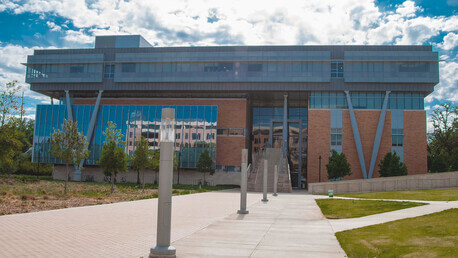 Denton, TX
Denton, TX Houston, TX
Houston, TX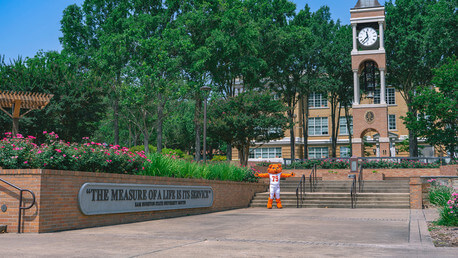 Huntsville, TX
Huntsville, TX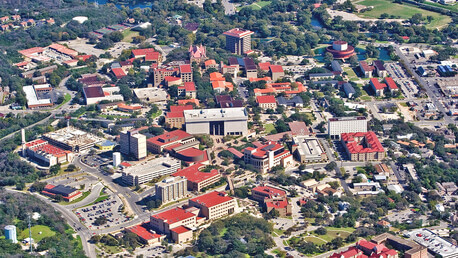 San Marcos, TX
San Marcos, TX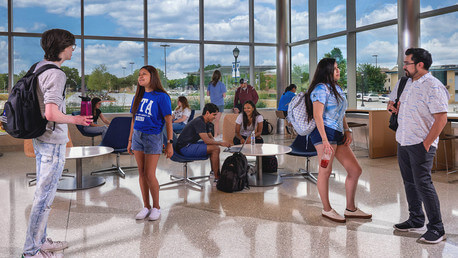 Arlington, TX
Arlington, TX Austin, TX
Austin, TX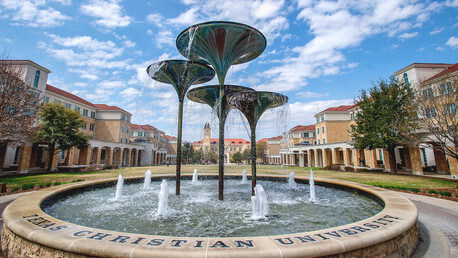 Fort Worth, TX
Fort Worth, TX San Antonio, TX
San Antonio, TX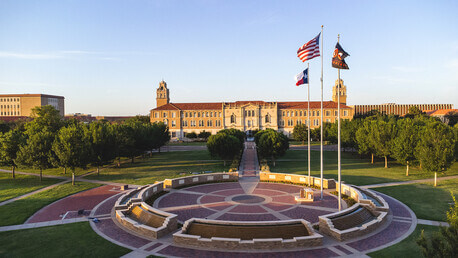 Lubbock, TX
Lubbock, TX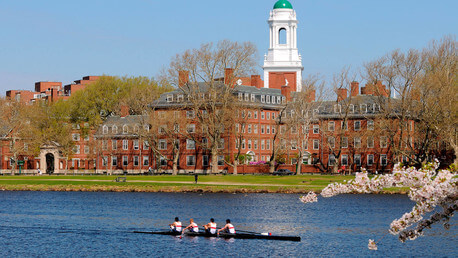 Cambridge, MA
Cambridge, MA